Menu
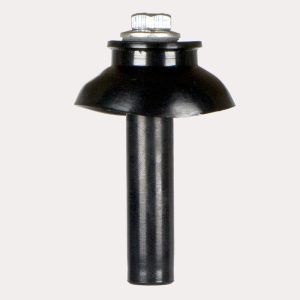
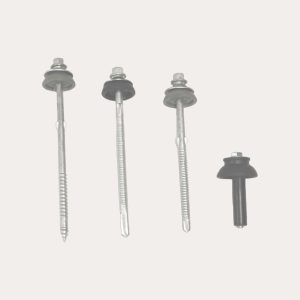
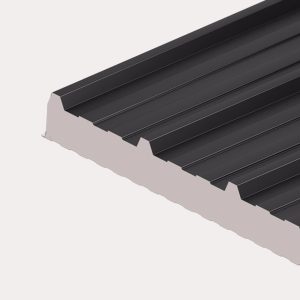
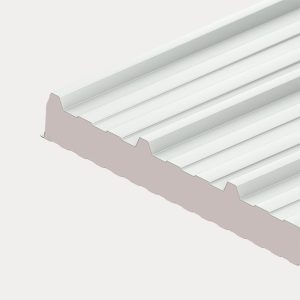
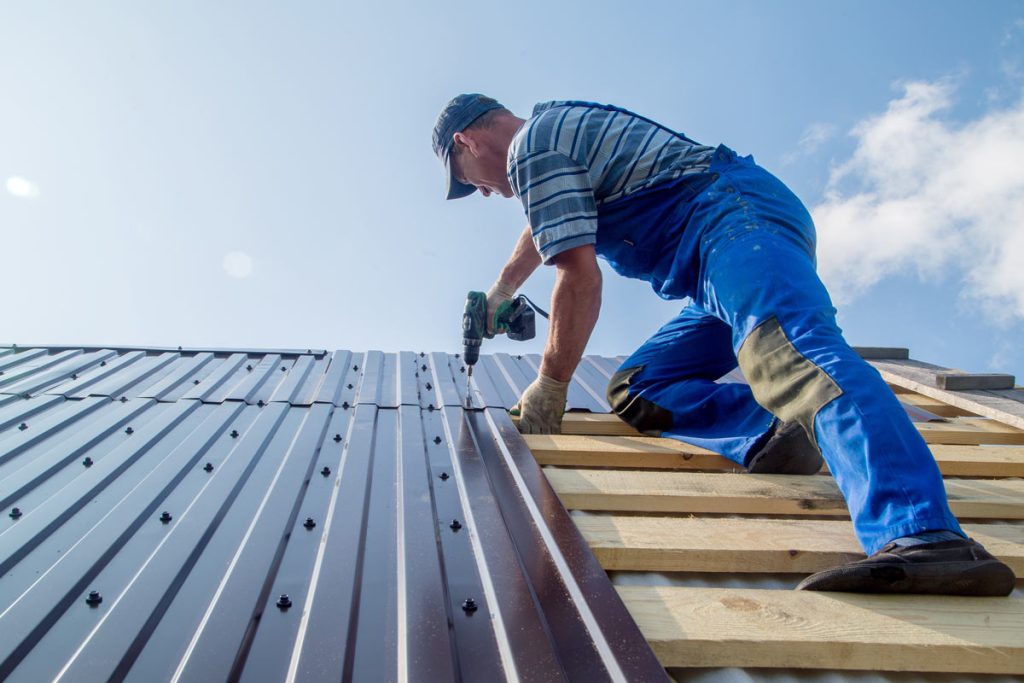
Sheet roofing is a popular choice for many homeowners and businesses due to its durability, longevity, and sleek appearance. However, like any roofing material, it is not immune to problems that can arise over time. In this blog post, we will explore five common sheet roofing problems and provide practical solutions for fixing them.
1. Leaks and Water Damage
One of the most prevalent issues with roofing sheets is leaks and water damage. These problems can be caused by a variety of factors, including damaged or deteriorated roofing materials, improper installation, or weather-related wear and tear. To fix a leak or water damage issue, follow these steps:
2. Rust and Corrosion
Sheet metal roofing is susceptible to rust and corrosion over time, especially in regions with high humidity or exposure to saltwater. To address rust and corrosion:
3. Loose or Damaged Fasteners
Fasteners, such as screws or nails, can become loose or damaged, leading to the potential for leaks and other issues. Here’s how to fix this problem:
4. Punctures and Tears
Sheet roofing can develop punctures or tears due to falling debris, hail, or other external factors. To repair these issues:
5. Poor Drainage and Ponding Water
Inadequate drainage can result in ponding water on the roof, which can accelerate wear and lead to leaks. To fix poor drainage and ponding water issues:
In addition to addressing these common sheet roofing problems, it’s essential to perform regular inspections and maintenance to catch potential issues early. Preventive measures, such as regular cleaning, sealing, and checking for loose fasteners, can extend the lifespan of your sheet roofing and reduce the need for major repairs.
When dealing with sheet roofing problems, it’s important to prioritize safety. If you are not comfortable performing repairs on your own, it’s best to consult with a professional roofing contractor to ensure the job is done correctly and safely. Regular professional inspections can also help detect and address roofing issues before they escalate, ultimately saving you time and money in the long run.
In conclusion, common sheet roofing problems can be addressed effectively with the right knowledge and tools. By identifying the issue and taking prompt action, you can extend the lifespan of your sheet roofing and keep your property safe and dry for years to come.